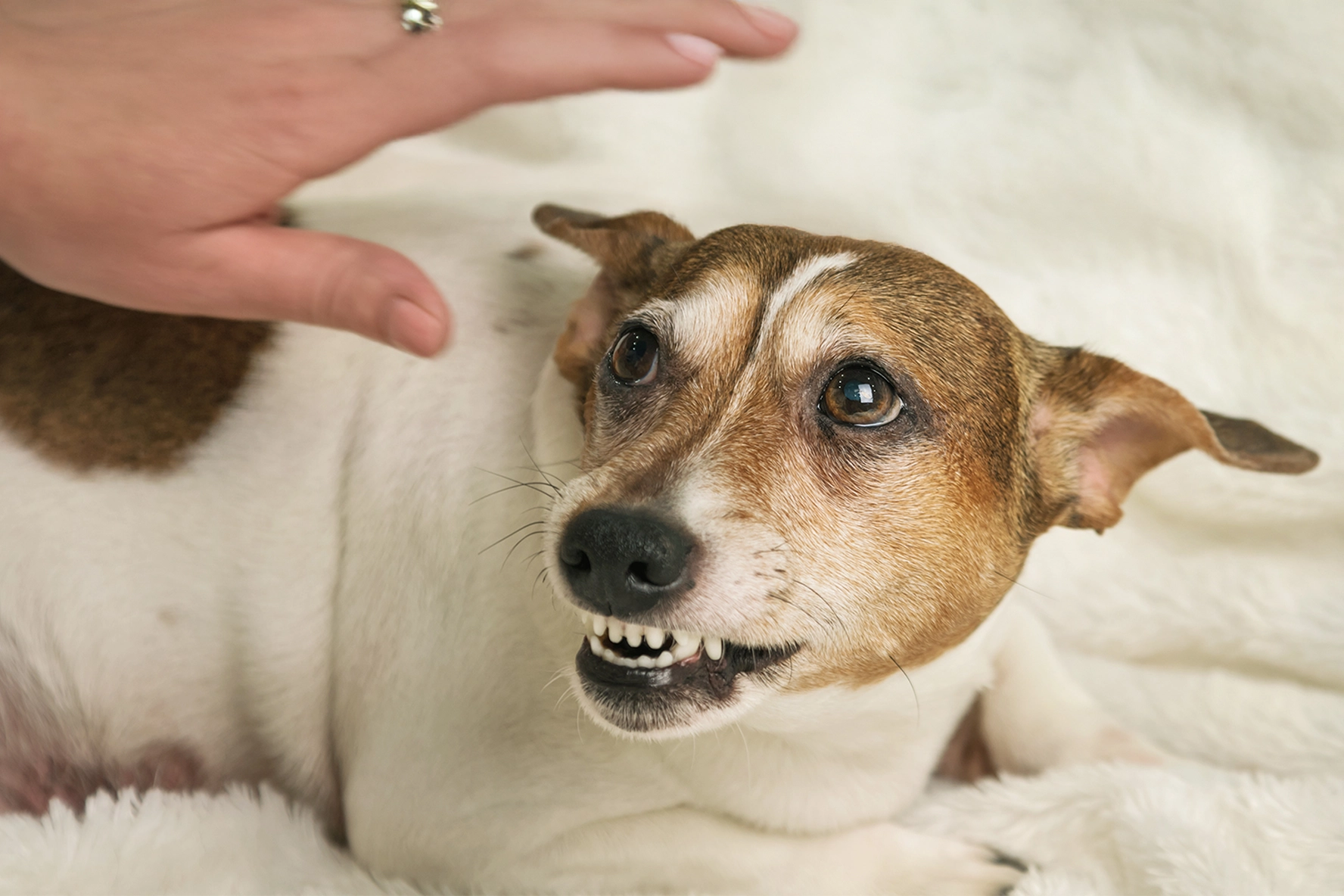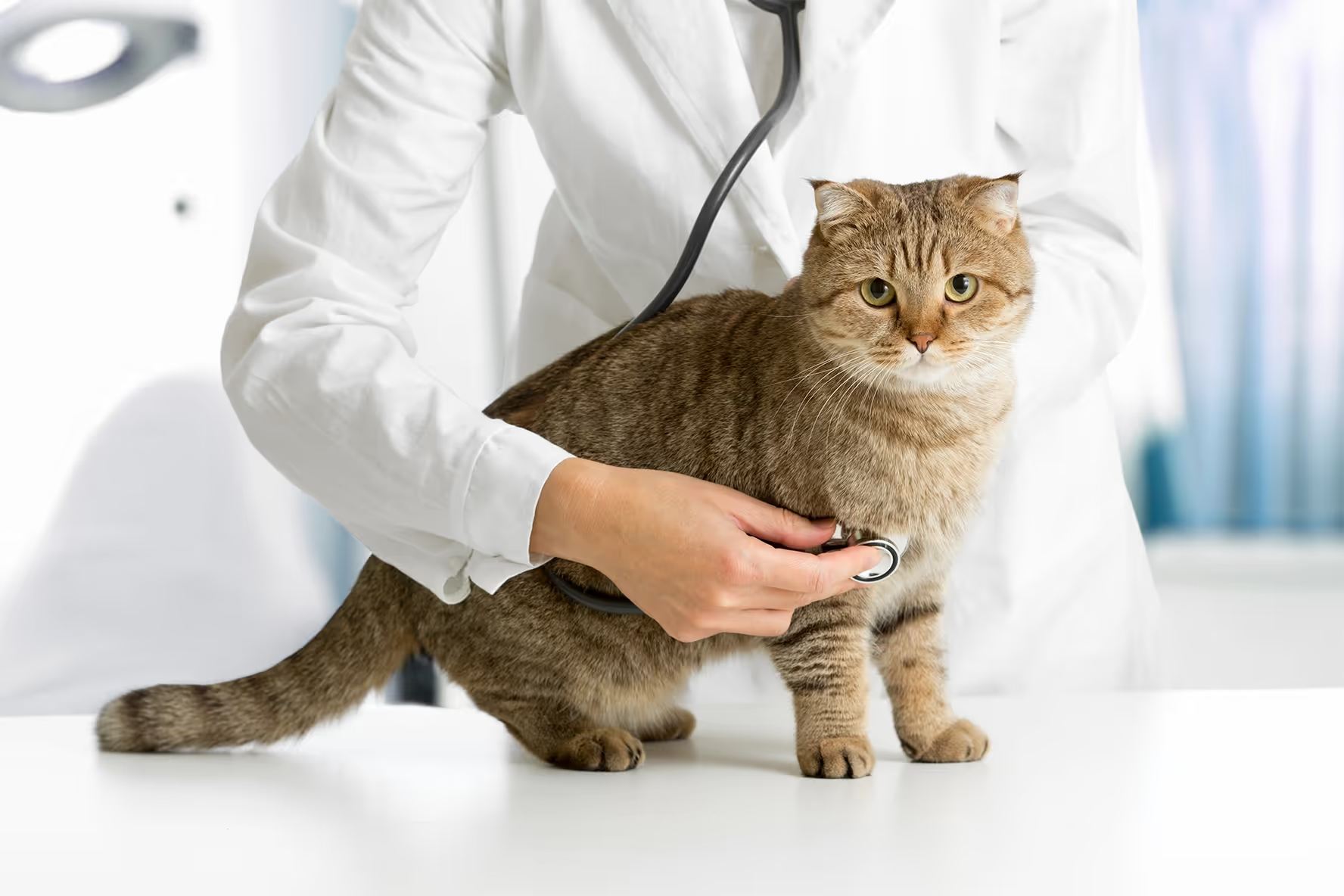
Having a sick pet is never easy. When they’re going through their chemotherapy treatment, it’s nice to see them start behaving like their old selves—it’s good to see the treatment is working. But how can you help them perk up on those days where their treatment isn’t making them feel better?
Depending on the side effects your pet is experiencing, there are a few things that can be done to give your pup a little more pep in their step.
Short Walks
There’s not a single dog that isn’t ready for a walk; they love the new smells and the opportunity to be out and about. No dog likes to be cooped up inside.
When your dog receives their chemotherapy treatment, the medicine exits their system when they use the bathroom for 1-3 days after. You have to make sure you’re keeping track of your pet’s potty spots during that time period so there is less of a chance of another dog finding the chemo-affected bathroom spot and possibly getting sick from it.
The time it takes for the medicine to exit your dog’s body depends on what kind of medicine and how much they are receiving, so be sure to ask your vet how long to wait for your pet’s medicine to clear.
Once that period is over, take your dog for a short walk! It could be around your neighborhood, or—if your pup doesn’t have any issues with car sickness—you could drive them to a new place and let them take in the smells of a different environment. And bonus, they get a car ride in, too!
Getting your dog out of the house and doing something that will stimulate both their brain and their body is bound to cheer your pet up. Dogs are smart and they want to be active and use their brains to solve puzzles. What’s that smell? What did that dog eat for breakfast? Did the squirrel come from this way or go that way?
Give their brains some time to solve puzzles, but keep it short enough that they don’t overwork their body.
Food Puzzles
If your pup isn’t having any digestive side effects from their chemotherapy, food puzzles may be a good option for them to entertain themselves with during their indoor time.
A food puzzle is basically something that can hold a treat or pieces of your dog’s food and your pet must figure out how to get it out so they can eat it. There are puzzles on sale in the market that are complicated and different kinds can vary in difficulty level. There are also versions of the puzzle that can be made at home on your own.

TREAT BALL
Some great examples of store-bought food puzzles are plastic balls that an owner unscrews and adds kibble into. These have a small opening on one side so that when your dog rolls it the right way, a few pieces of kibble will fall out at a time.

DOG TOY BALL
There are also rubber toys that invert that concept. They have little teeth built into the side of the ball that hold the kibble or treats in a place that your dog has to chew or nibble on to get out.

DOG PUZZLE TOYS FOR PUPPY TREAT
Other puzzles have a plastic plate with hiding spots in it and pieces that sit over top that your pet needs to move to get to the snacks inside.

EASY MUFFIN TIN PUZZLE
Some DIY versions of a food puzzle could be anything from mimicking the last store-bought puzzle with a muffin tin and tennis balls blocking the treats, to rolling up a towel with treats sprinkled in between the rolls.

TOWEL ROLL-UP
These can both be increased in difficulty by adding an additional challenge, like tying the towel into a knot that your pet needs to figure out, or taping one of the tennis balls in place to make it more difficult.
If your pup isn’t having any digestive side effects from their chemotherapy, food puzzles may be a good option for them to entertain themselves with during their indoor time.
A food puzzle is basically something that can hold a treat or pieces of your dog’s food and your pet must figure out how to get it out so they can eat it. There are puzzles on sale in the market that are complicated and different kinds can vary in difficulty level. There are also versions of the puzzle that can be made at home on your own.
Food puzzles stimulate your dog’s mind and give them a dopamine response that helps them cheer up and start feeling more like their normal selves, and it doesn’t exert too much physical energy so they won’t tire themselves out physically while the medicine does its job.
Fun New Toys and Games
If your pet is having digestion issues, then maybe just getting them a fun new chew toy or non-food motivated puzzle toy might do the trick. You know your dog better than anyone, what kind of toys spark their inner puppy every time?
Do they love tennis balls? Squeaky plush toys? Maybe splurge a little bit on the toys that you know they only like to destroy as fast as possible.
Giving your pet a new toy is only as exciting as you make it—make sure that you play with them and enjoy the toy with them. They’ll know it’s super exciting and want to make sure to keep showing you how fun the toy is.
While getting new toys is great for morale, sometimes it’s not the best on your wallet. But like the short walks, dogs love to solve puzzles. Make some of their old toys into a game, if you can’t add treats because of their stomach issues, there are other ways to make the toys more interesting.
Some dogs can set up a scavenger hunt with their toys. If you hide a bunch of toys in easily accessible places in the house and praise your pet when they find one, they’ll learn that finding toys is a good thing and they’ll start to have a blast doing that.
If your pet isn’t super motivated to find toys, why not play a classic game of hide and seek? You find a spot in your house that is just out of sight for your pup and give them a call. When they find you they’ll be ecstatic! (Some people say all you need is to hide behind a door in an open room.)
Try out new games to play inside that don’t exert too much energy but get your dog’s brain moving.
Massages
Some dogs have a really rough time going through their treatment. They may not be able to show all of the same signs of happiness as they did before they got sick. This can be really discouraging if you are trying your best to cheer them up, but they may need comfort more than excitement.
A way to be with your dog and provide them some comfort and relaxation is to give them a massage. It doesn’t have to be anything too intense or complicated, just something to relieve a little bit of their muscle tension.
Chewy has a great resource for two different methods of dog massage that are safe for beginners to try. You can watch that video here.
Giving your dog a massage is a great way to comfort them, show them that you are there for them, and give them affection. It can be all the excitement one dog needs, and while they may not be their happy selves from before, they still know you love them.
Be There For Your Dog
They are having a hard time, they don’t understand as much about what’s happening to them as you do, but they know they are going through something. Be as supportive and loving as you can—they need it.
If your pet has not yet started their chemotherapy treatment, let ImpriMed help you find the best treatment available for your pup. Waste no time with our AI-assisted drug response test to identify the best medicine combination for your pet’s individual cancer cells.
Learn more about ImpriMed’s Personalized Prediction Profile.
REFERENCES:
- https://dogtime.com/how-to/pet-safety/67273-responsible-dog-ownership-month
- https://www.thesprucepets.com/responsible-dog-ownership-1117471
- https://goodnewsforpets.com/responsible-dog-ownership-month
- https://www.adn.com/outdoors-adventure/2020/12/12/there-are-no-bad-dogs-just-untrained-or-neglected-ones/


